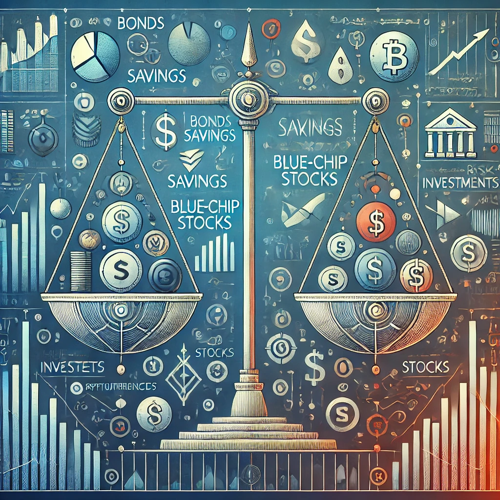Analyse Forex Charts. Start Forex Trading. Interpret Candlesticks. Comment on the Stock Market. Learn Forex Charts.
Forex Charts
In the forex markets, analysts or traders look at these charts to identify various patterns of trends that may indicate reversals, continuations, entry points and exit points in order to follow prices more closely when making their investments. There are many different chart types and interpretations in the financial markets.
You can choose the time period you want, from instantaneous prices to long years, and see the price history of the instrument over the period you choose. These charts are divided into three main types: candlestick, bar and line.
Line Chart
This is one of the most commonly used chart types in financial markets and Forex platforms. Line charts usually show only the closing price of an instrument and can be used for any time frame. However, it usually shows daily price changes. Showing only the closing price reduces the clutter caused by less critical times during the trading day, such as the open, high and low. However, the downside of its simplicity is that it cannot fully capture patterns or trends. Line charts are widely used in finance and trading and there are different types to suit your analysis needs. These are the simple line chart, the multi-line chart and the combined line chart. So what are they used for? Line charts are great for identifying and analysing trends over time. By connecting data points (usually closing prices) you can get a clearer picture of how an asset or sector is performing.
Clear visualisation of trends helps to make informed investment and business decisions, especially for long-term planning. Trends identified by line charts can also help to assess the risk profile of an investment.
Line charts are an effective way to communicate financial data to stakeholders, customers or team members, especially those without a technical background. Although simpler than other charts, line charts are used to identify key support and resistance levels in price action and ratio analysis or relative strength. By focusing on closing data, line charts can help simplify complex data sets, making them more accessible and understandable.
Bar Chart
A bar graph displays categorical data as rectangular bars whose height or length is proportional to the value they represent. Levels are plotted on one axis of the graph and values on the other. Each categorical value requires one bar, with the length of each bar equal to the value of the bar. These bars are plotted on a common baseline to allow easy comparison of values. Each bar usually displays the open, high, low and close prices, but can be set to display only the high, low and close prices.
Bar charts allow traders to analyse trends, identify potential trend reversals and monitor volatility and price movements. This is because they show the opening, high, low and closing prices for the relevant period. For example, long vertical bars indicate a large price difference between the highest and lowest prices during the period. This indicates increased volatility. If the chart has very small vertical bars, this indicates lower volatility. Alternatively, if the distance between the opening price and the closing price is large, this means that the price has changed significantly. If the closing price is much higher than the opening price, it indicates that buyers were very active during the period, which may indicate that more buying is possible in the future. If the closing price is very close to the opening price, it may indicate that there was little appetite for the period.
Candlestick Chart
One of the most popular charts on the Forex platform is the candlestick chart. It is a chart that shows the highest, lowest, opening and closing prices of an instrument over a period of time. A candlestick is made up of parts called the body, the wick and the tail. The body tells traders whether the closing price is higher or lower than the opening price. It is red if the instrument closes below the opening price and green if it closes above the opening price. The shadow of the candlestick shows the day’s highs and lows and how they compare to the opening and closing prices. The shape of the bar changes according to the relationship between the day’s high, low, open and close. This means that a long upper shadow can indicate a bearish trend, while a long lower shadow can indicate a bullish trend. Umbrellas with very long lower wicks also have different interpretations depending on the colour of the pole.
The red umbrella, also known as the hammer, indicates that the asset is being bought heavily and the price may soon rise. Conversely, the green umbrella, also known as the hanging man, indicates that the asset is facing heavy selling and the price may fall.
Traders can use candlestick charts to analyse entire trading cycles, including daily, hourly and even minute-by-minute periods of the trading day.
Candlestick charts are particularly effective in showing the struggle between buyers and sellers in financial markets and are crucial in interpreting market sentiment and underlying price movements.
Firstly, it is useful to understand the obvious candlestick patterns. For example, the Bullish Engulfing, Hammer and Morning Star patterns are all examples of bullish patterns.
Shooting Star, Dark Cloud Cover and Evening Star are short-covering patterns often used by traders.
© 2024 BestForexHub, All Rights Reserved.


